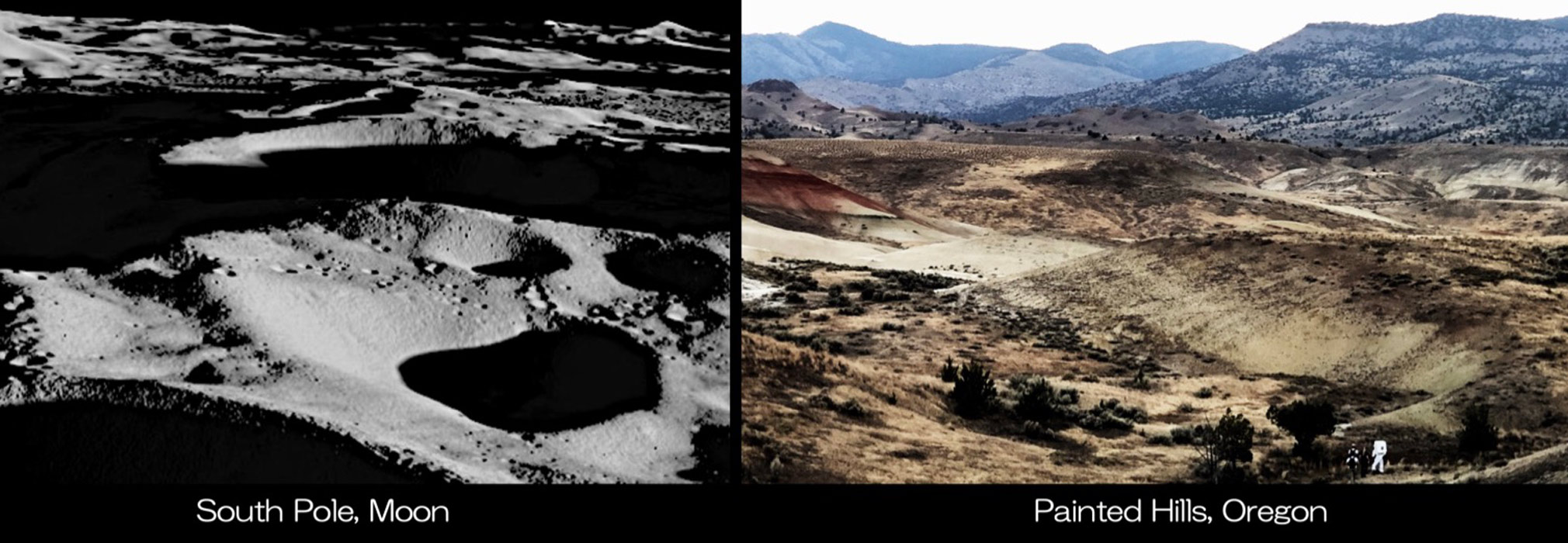
“The best thing for me this past year was to find some new candidate caves at high latitude on the moon,” says planetary scientist Pascal Lee. “They’re near the moon’s south pole, which is likely to be visited when astronauts return to the moon.”
The reason that high latitude caves are tantalizing is because they could be cold enough to trap water ice. At lower latitudes, the skylights will allow the Sun to partially illuminate the cave, heating the interior and preventing the trapping of ice. But caves at high latitude will be just like deep craters near the poles: They can be in never-ending darkness, permanently frigid, and able to preserve water ice. These could be ready-made shelters for humans on the moon that are already blessed with the most valuable ingredient for life: water.
To get some idea of how such locales could be checked out by future astronauts, Lee’s team investigated a lava tube during their 2021 field season in Oregon – a field test they called “the Oregon Trial.” In particular, they considered the requirements for spacesuits that would allow humans to explore these underground locales, and brought in Collins Aerospace, NASA’s contractor for making suits.

“We’ve seen suited-up astronauts in the movies exploring caves since forever,” Lee notes with amusement. “But this was the very first time that a spacesuit manufacturer looked at caving needs for future exploration.”
The existence of similar underground redoubts on Mars, which may not only shelter future astronauts but might also be good places to look for martian life, makes the exploration of caves on the moon a critical preparatory step. Indeed, over a thousand pits and caves have already been found on Mars, most of them on volcanoes. And some of those volcanoes might still be active, and possibly venting water.
“Lava tube caves could offer sheltered, underground environments on Mars,” Lee says. “They have few of the disadvantages of surface environments. No ionizing radiation from space. Very little micro meteoric bombardment. Minimal day-to-night temperature variations. And if the volcano is active, it could spur the release of water vapor causing a water ice build-up in the caves.” And then you’d have an underground habitat on Mars where extant life might exist.
“You can do genetics on extant life, and thus establish whether or not the lifeform you’ve found is truly alien – meaning having originated on Mars – as opposed to being just imported from Earth,” speculates Lee. Finding such life would be a transformative discovery indeed.





